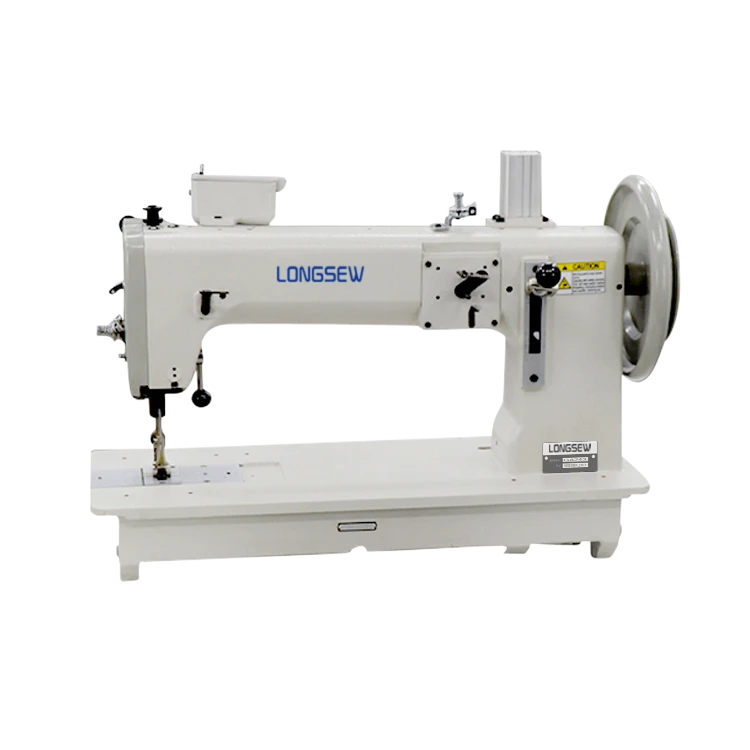Understanding the Distinctions Between Overlock and Coverstitch Machines
Understanding the Difference Between Overlock and Coverstitch
Sewing enthusiasts often encounter various types of stitching techniques, but two of the most commonly discussed methods are overlock and coverstitch. While both serve important functions in garment construction, they are distinct in terms of their design, application, and the results they produce.
What is Overlock Stitching?
Overlock stitching is primarily used for finishing edges of fabric to prevent fraying. This type of stitching, often executed using an overlock machine, typically employs multiple threads to create a seam that encloses the edge of the fabric. The most common overlock stitch is the 4-thread overlock, which consists of two needle threads and two looper threads.
One of the standout features of overlock stitching is its ability to stretch while maintaining durability, making it particularly suitable for knit fabrics. When overlocking, the machine cuts the fabric as it stitches, ensuring a clean edge. This is essential for both appearance and function, as raw edges can lead to fraying over time.
Overlocking is versatile and can be used for various purposes, such as joining two pieces of fabric, finishing seams, and enhancing the overall integrity of garments. It also allows for a professional-looking finish on unlined garments, making it a popular choice among home sewists and professional tailors alike.
What is Coverstitch?
Coverstitch, on the other hand, serves a different purpose in garment construction. It is mainly used for hemming and creating decorative effects on fabrics, particularly on knitwear. A coverstitch machine typically uses two or three needles along with a looper thread, resulting in two rows of stitching on the top side and a cover stitch on the underside.
One of the biggest advantages of coverstitching is its ability to provide secure hems while allowing for fabric stretch, which is essential for garments like t-shirts and leggings. The coverstitch is excellent for finishing hems since it retains the fabric's elasticity, preventing seams from tearing when stretched. This makes coverstitching an ideal choice for athletic wear and casual garments.
what is the difference between overlock and coverstitch

Notably, coverstitching can also add decorative details to a project. With the option to use contrasting thread colors, sewists can create visually appealing designs that enhance the overall aesthetic of the garment.
Key Differences Between Overlock and Coverstitch
1. Functionality Overlock is mainly used for finishing raw edges, preventing fraying, and joining fabric pieces. In contrast, coverstitch is dedicated to hemming and creating elasticized seams without reducing the fabric's stretchability.
2. Stitching Mechanism Overlock stitching often involves cutting the fabric while sewing, resulting in a clean finish. Coverstitching, however, does not cut the fabric; it simply lays a stitch across the edge, allowing for a stretchy and secure hem.
3. Appearance When looking at the two types of stitching, an overlock seam is generally bulkier but provides a clean finish on the interior of the garment. Coverstitch has a neater and flatter appearance on the outside, often with parallel rows of stitching.
4. Machine Type Overlock machines are distinctive in that they can cut and stitch in one motion, while coverstitch machines are specialized for making two rows of stitching on the top and a chain-like stitch on the underside.
Conclusion
In summary, while both overlock and coverstitch play vital roles in the sewing world, they are designed for different tasks. Understanding the distinction between these two techniques can help sewists make informed choices for their projects, ensuring that they achieve the desired look and functionality in their garments. Whether finishing edges with overlock stitching or creating professional hems with coverstitching, each technique enhances the quality and durability of sewn items.
-
Boost Production Efficiency with a Pattern Sewing MachineNewsAug.29,2025
-
Industrial Excellence with the Best Heavy Duty Sewing MachineNewsAug.29,2025
-
Precision and Power with the Best Pattern Sewing MachineNewsAug.29,2025
-
Reliable Bulk Packaging Starts With the Right FIBC Sewing MachineNewsAug.29,2025
-
Advanced Packaging Solutions: Elevate Productivity with Jumbo Bag Sewing Machine and Industrial Stitching EquipmentNewsAug.29,2025
-
High-Performance Solutions for Bulk Packaging: FIBC Sewing Machine and MoreNewsAug.29,2025
-
Maximize Efficiency with an Industrial Cylinder Arm Sewing MachineNewsAug.28,2025


























